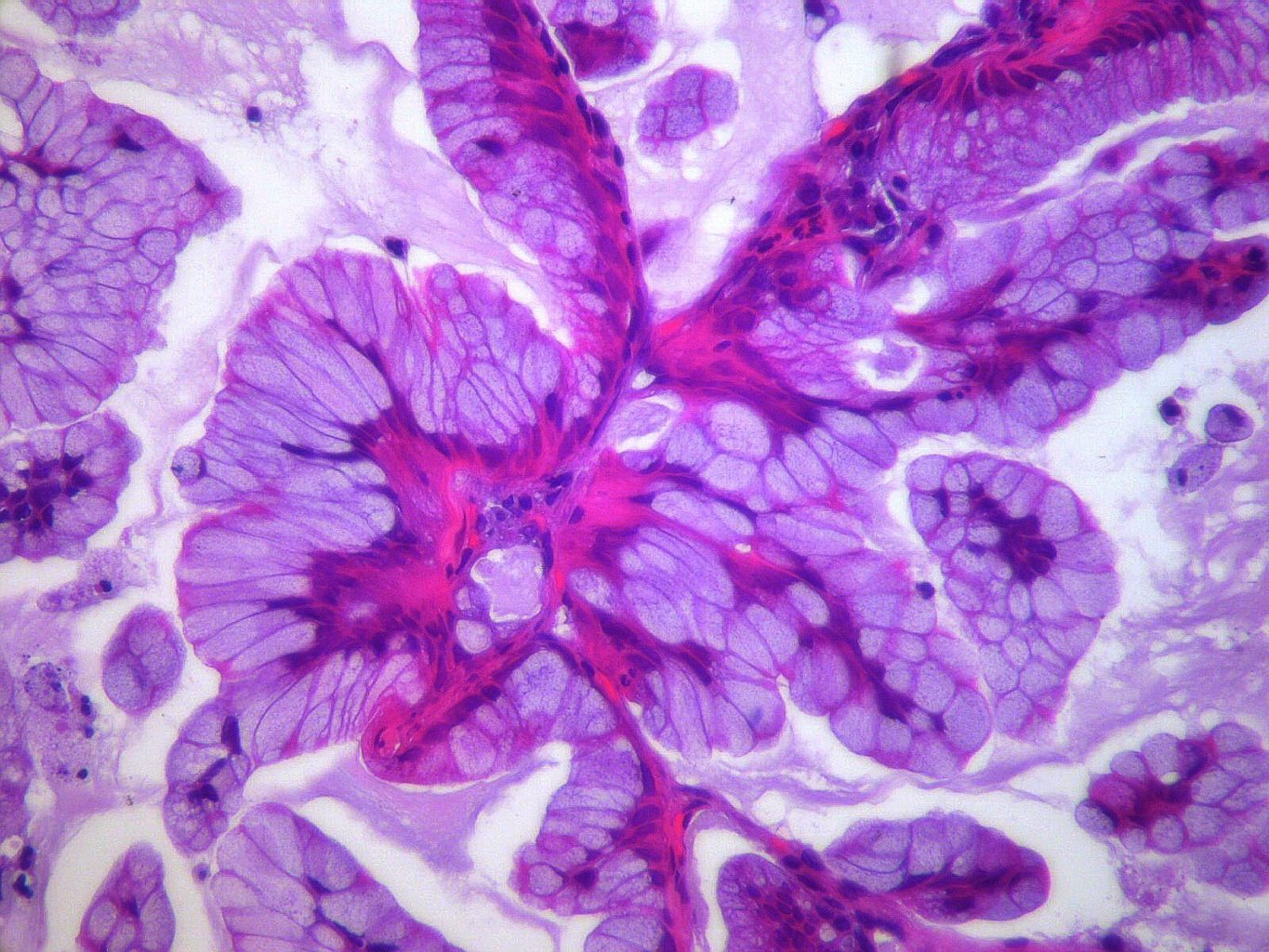Teratomas: the freaky science of tumours
Yamini Karanam was a PhD student living in Indianapolis, once a brilliant computer science student but now struck with the inability to follow and understand simple sentences.
She was cripplingly exhausted, suffering headaches and falling behind in her work. Upon investigating, doctors found what they thought was a cyst in Yamini’s pineal gland, but they were unable to act, thinking the location too risky. Eventually, the tumour grew, rendering her unable to walk, read or even eat.
Yamini’s friends set up an online fundraising site, and found a doctor who was willing to perform keyhole brain surgery, feeding an endoscope through the brain and discovering the true cause of the problems – a teratoma, in this case a clump of bone, hair and teeth, living in Yamini’s brain. It was removed, and she is making a full recovery.
A teratoma is a type of tumour (and not something I would recommend Googling if you have a sensitive disposition), but with tissue or organ components that resemble the normal derivatives of more than one germ layer. This simply means that these cells, although physically present in one part of the body, contain and execute the instructions to form cells of a completely different body part.
Teratomas are thought to be present at birth, and they are often found in adults – indeed, the majority are not discovered until later on in life, and are mostly benign.
However, these disturbing but straight-forward teratomas are not the ones that truly trouble scientists – they are sometimes faced with ovarian teratomas, which are the results of what should be egg cells going wrong. In a sense, they want to become a baby without being fertilised.
Teratomas are an ongoing area of interest for scientists ; proposals regarding using them as a source of experimentation, as they lack the ability to become functional human beings but are very similar in make-up to an actual person, are being considered at this moment. It is hoped that further research will be able to shed a bit more light on this phenomenon.

Comments